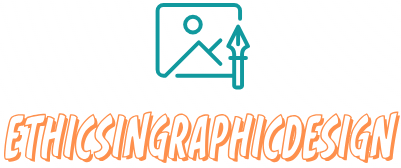Understanding the Basics of Print Design
Print design plays a fundamental role in creating visually engaging and effective marketing materials. Whether it’s brochures, flyers, posters, or other printed materials, understanding the basics of print design is essential for creating captivating and impactful designs. In this post, we will explore some key concepts and considerations in print design to help you create visually compelling and successful printed materials.
Layout and Composition
The arrangement of elements on a page is crucial in print design. Consider the visual hierarchy and determine how to guide the viewer’s attention effectively. Utilize grids and columns to create balance and structure. Pay attention to the placement and size of text, images, and other design elements. Strive for a harmonious and visually pleasing design
Typography
Choosing the right typography is vital to establish a clear and consistent visual identity. Select fonts that align with the purpose and tone of the printed material. Ensure readability by using appropriate font sizes and spacing. Maintain consistency in font choices for headings, body text, and captions. Consider the use of different font weights and styles for emphasis and contrast.
Colors
Color selection significantly impacts the overall impact and mood of printed materials. Choose a color scheme that aligns with your brand or objectives. Consider color psychology to evoke specific emotions or responses from viewers. Ensure that colors are accurately reproduced in the print process by using appropriate color modes (such as CMYK) and considering different color profiles.
Images and Graphics
High-quality and appropriately sized images are essential in print design. Use images that are relevant, visually appealing, and of sufficient resolution for print. Pay attention to the balance between images and text, ensuring that both complement each other. Consider the placement and cropping of images to create visual interest and enhance the overall design.
Print Specifications
Understanding print specifications is crucial to ensure that your design is printed as intended. Consider factors such as bleed, trim, and safe areas to account for any potential shifts during the printing process. Set the document’s resolution according to the desired print quality, and choose appropriate file formats for output. Consult with the printing service to ensure you meet all their requirements.
Testing and Proofing
Before sending your design for printing, thoroughly test and proof it to ensure its integrity. Check for any spelling or grammatical errors, color inconsistencies, or design flaws. Print a test proof, if possible, to evaluate how the design will appear in its final form. Make necessary adjustments and revisions to ensure a flawless final printed piece.
Conclusion
Understanding the basics of print design is essential for creating visually appealing and impactful marketing materials. Paying attention to layout, typography, colors, images, and print specifications will help you create visually captivating designs that effectively convey your message. Remember to test and proof your design thoroughly to ensure its perfection. By applying these principles, you can create print materials that grab attention, leave a lasting impression, and achieve your desired objectives.



